President Donald Trump recently ordered the Office of the United States Trade Representative to investigate China and the matter of intellectual Property Theft.
https://youtu.be/AktlhRHzSkY
The United States – a hotbed of innovation – loses not just a billion dollars or ten billion dollars, but $600 billion dollars every year to intellectual property theft. That figure is now more than double what it was ten years ago.
A major portion of that money is stolen by none other than China because of unlawful practices that pretty much offer no legal recourse for the holders of such IP rights.
This stealing-in-broad-daylight by China spans nearly every industry possible. From copying American fashion designs to video games to proprietary technology and software to pirated movies, the list is endless.
Here’s a small “list of proof”, as it were, that will make your head spin faster than a fidget spinner with a ripped-off logo of Captain America!
Range Rover Evoque and the LandWind X7 Story
A Chinese company not only stole the design for the Range Rover Evoque and turned it into the much cheaper LandWind X7 (that itself is an affront to Land Rover, the original manufacturer), but they even dared to unveil it at the Shanghai Auto Show.
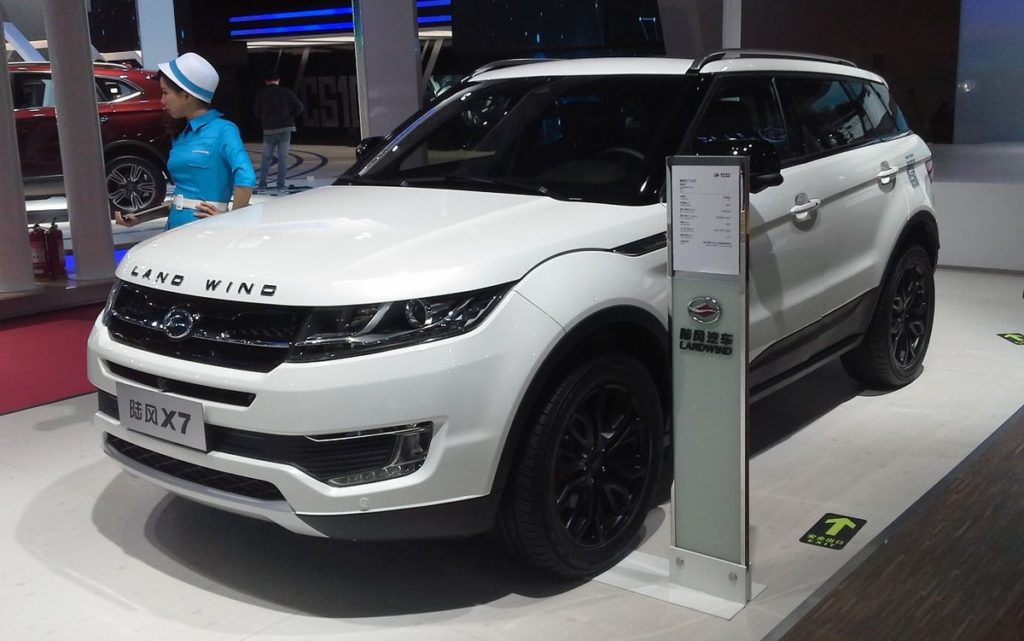
That’s a major statement because it shows that all this is being done with the full support or at least tacit knowledge of the Chinese government.
This is what an original Chinese-made Range Rover Evoque costs in China: £48,424, or about $67,200.
This is what the LandWind X7 sells for: £16,200 (about $22,500.)
The worst part? Jaguar Land Rover knew that they couldn’t do anything about it, with CEO Ralf Speth openly admitting at the show that there was no legal recourse for his company.
The Story of the Chevy Volt
In this particular case China tried to strongarm the world’s largest automaker General Motors to share some of the core technology used in its Chevy Volt. This was back in 2011 during the Obama administration, and China basically said GM would lose up to $19,300 in subsidies per car if it didn’t share its tech for the electric vehicle with a Chinese JV partner.
By that time, China had already forced several companies to share their technologies this way, enabling the PRC to build high-speed trains, wind turbines and water purification systems.
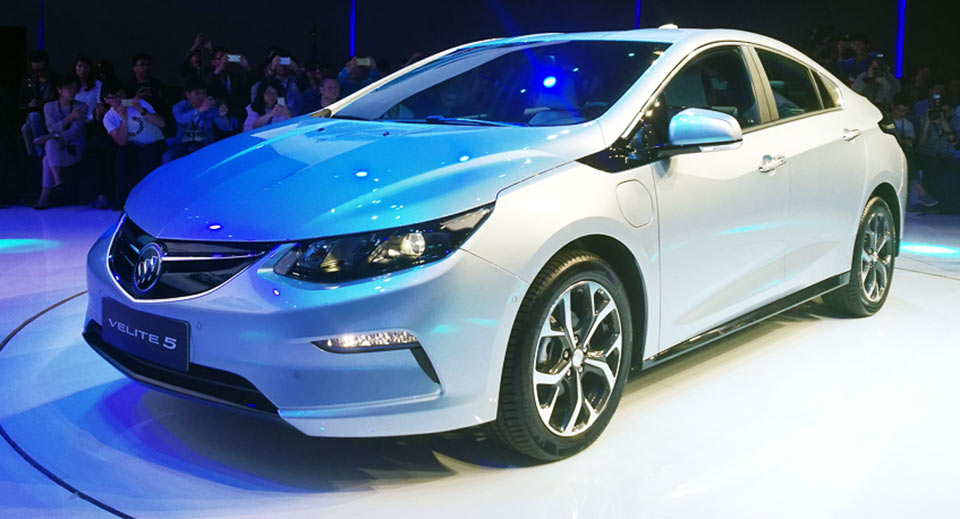
Eventually, the Chevy Volt did make its way into China, as the Buick Velite 5 which, for all practical purposes, was a Volt in Buick’s clothing. This time, China rescinded on the subsidy cut and included the model in its New Energy Vehicle subsidy.
Li Ning
For years Chinese sports footwear and apparel maker Li Ning has been piggy-backing on designs from Adidas and other competitors and offering them at a much lower price point to basically the same target market. That’s changed over the year, but one of the more memorable “thefts” was Li-Ning’s slogan, “Anything is Possible”, which is essentially a twist on Adidas’s “Impossible is Nothing.” Even Li Ning’s logos before and after 2010 resemble the Nike swoosh.
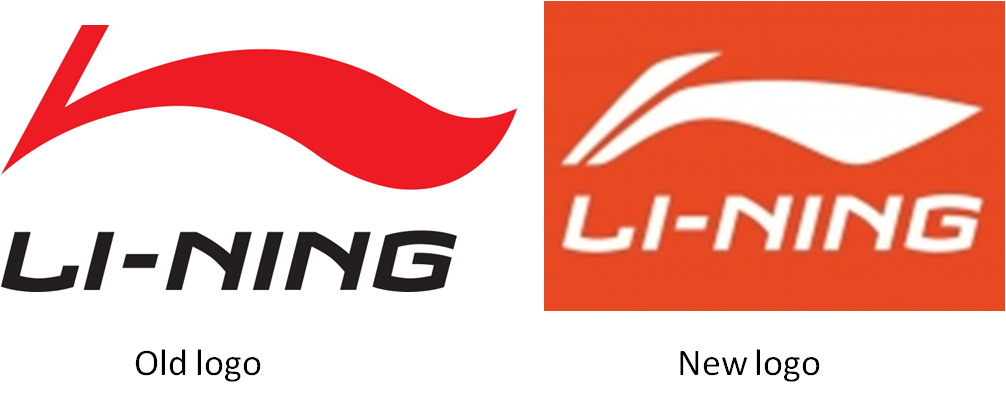
The J-20 Stealth Fighter
This one’s right out of a spy movie. For a long time, the Americans have claimed that China’s J-20 stealth fighters were based on top secret plans stolen from the Northrop Grumman F-35 Joint Strike Fighter.
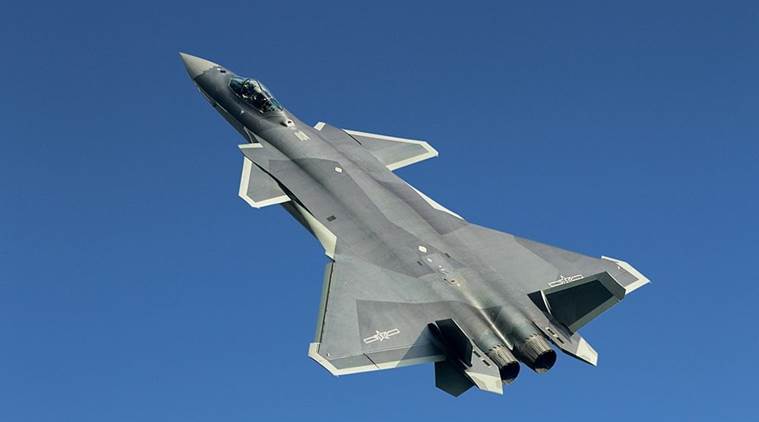
In 2016 Russia chimed in, saying that the J-20 was based on the Russian MiG 1.44, an experimental prototype for a fifth generation jet produced by Russian Aircraft Corporation MiG.
Incidentally, the planes were allegedly spotted above South Korea in December 2017, possibly a move to show that the fighters are battle-ready.
The Sad Story of Russia’s High-tech SU-27
In 1995, China secured a $2.5 billion production license deal from Russia to build 200 Su-27SKs, dubbed the J-11A. In 2006, Russia killed the contract after 95 aircraft when it discovered China had reverse engineered the aircraft and was covertly manufacturing an indigenous variant, the J-11B, with Chinese-built avionics and weapons.
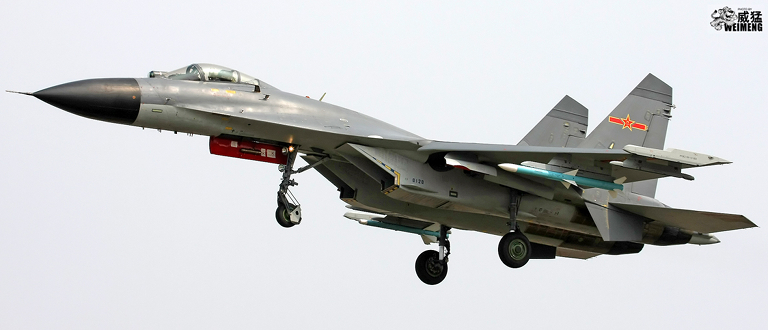
Such stories of copycat moves by China and Chinese companies are numerous, but the greatest number of incidences is, naturally, in the world of commerce. China, including Hong Kong, accounts for 89% of counterfeit goods seized coming in to the United States.
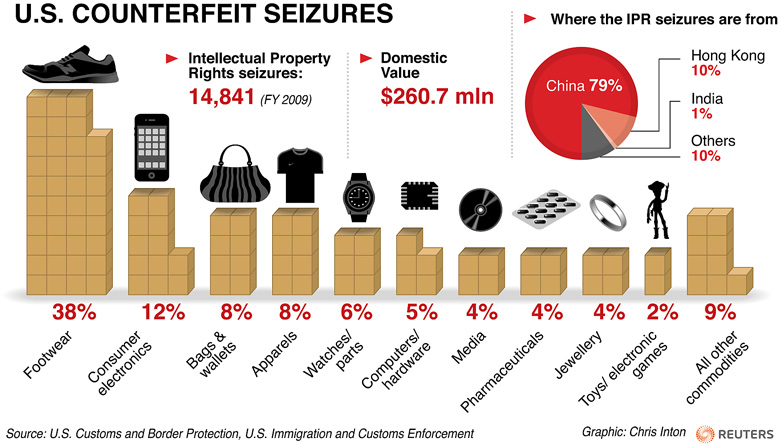
China’s policy seems to be: Steal, sell it to our own or try and sell it back to the economy we stole it from… or just about anybody who’ll take it.



